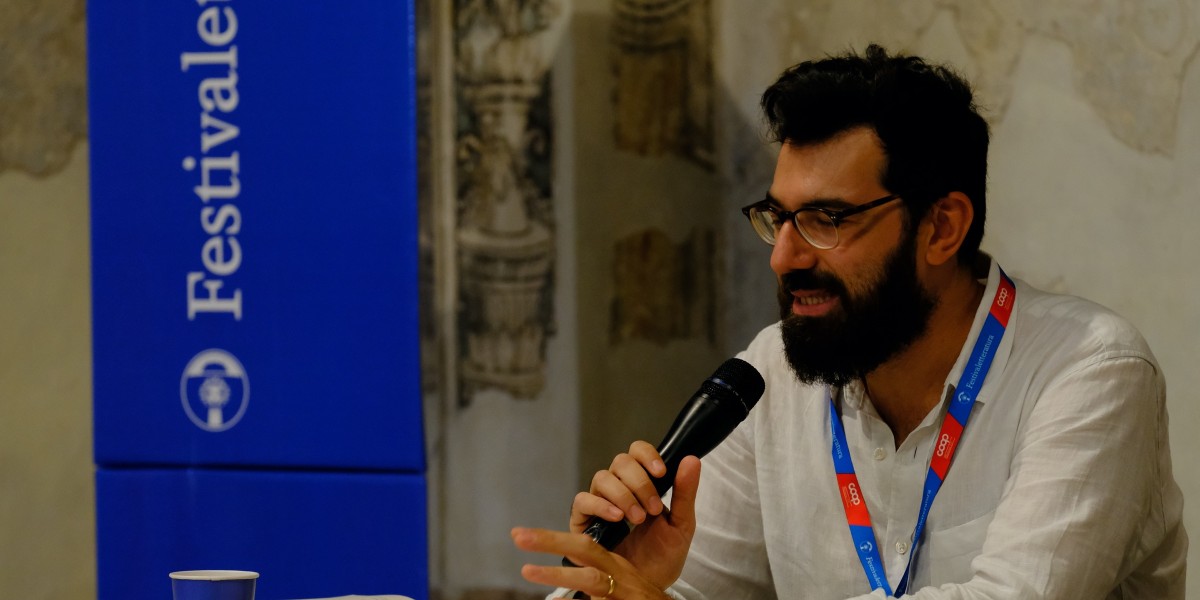
Revisiting the structure of traditional poetry collections
Every Italian person knows how hard it is to find Italian poetry books in shops in the country: poetry in general doesn't sell, but Italian poem collections are literally overlooked by the nation's publishing world. It's impressive to think that almost two decades have passed since Andrea Cortellessa's last contemporary poetry anthology Parola plurale. 64 poeti italiani fra due secoli, in 2005 – while, on the other hand, poets' production has increased in the last two decades and verse is now more popular than ever.
Standard poetry collections ("anthologies") possess a structural issue: they usually revolve around authors, who are organised according to their year of birth or using a "deductive" method. This approach drastically limits the possibilities of literary analysis and the understanding of texts. That's what drove Tommaso Di Dio to work on Poesie dell'Italia Contemporanea 1971-2021 from an "inductive" point of view: starting from the actual texts, he put the poems together using the decade they most had an influence on as the main criteria. In more than 1000 pages, 600 texts, and 200 authors, divided in five macro-sections (each corresponding to one of the last five decades), he created an account of Italian poetry of the last fifty years – a giant effort that took him roughly eight years.
A change in perspective was surely needed for this endeavour. As Di Dio puts it, conventional anthologies rely on the assumption that poetry is a product of the historical climate, while exactly the opposite is true: the language of poetry is subversive in nature, therefore it's history that reflects verse composition.
Interestingly, the traditional structure of poetry collections is that originality is a sort of "heroic" capacity that some authors suddenly seem to possess at a specific moment in history. By dividing poets according to the generation they belong to, it would be easy to conclude that the majority of them share similar traits, while those who were born later appear incredibly, surprisingly original compared to their predecessors. This is what the term "anthology" traditionally refers to: a historical, illustrative account of eras and trends in literature. However, it's impossible for poetry to develop outside tradition and continuity – in this respect, there's rarely anything new under the sun. If a true, honest analysis of texts needs to be done, hyper-homogenisation and compartmentalisation should be avoided at all costs.



